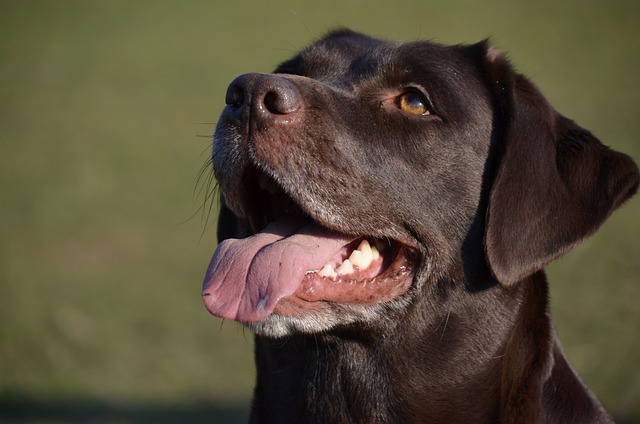
How do you treat skin allergies in dogs?
Watching your dog scratch, bite, or lick their skin raw breaks your heart. But treating skin allergies isn't just about easing their discomfort—it’s crucial for their long-term health, too.
Imagine your four-month-old Cockapoo, Biscuit, struggling through his first Florida summer. His wavy coat feels heavy, and you're tempted to grab clippers for relief. Hold that thought—most vets strongly advise against shaving puppies under six months. Their delicate skin is thinner than tissue paper, and that fluffy coat actually regulates their body temperature. But for essential trims like sanitary areas or pre-vet procedures, here’s how to approach it without terrifying your furry bundle.
Puppy fur isn't just adorable—it’s functional insulation against heat and cold. Shaving risks razor burns, cuts, and permanent coat damage, especially in double-coated breeds like Australian Shepherds. Consider trimming only for medical needs, stubborn mats behind ears, or light sanitary work around genitals. Never attempt a full-body shave—it’s like stripping a baby’s protective layer.
Start by getting Biscuit comfortable with grooming tools. Days before trimming, turn clippers on near his food bowl for short bursts, rewarding calm behavior with chicken bits. For sanitary trims, use blunt-tipped scissors or clippers with a #10 guard—never bare blades. Gently stretch the skin taut with one hand while trimming, moving away from body folds. If you find mats, slide thinning shears parallel under the tangle rather than pulling upward. Stop immediately if Biscuit trembles or you see pink skin—try again later or call a pro. Afterward, apply pet-safe aloe to sensitive areas and bathe him next day with soothing oatmeal shampoo.
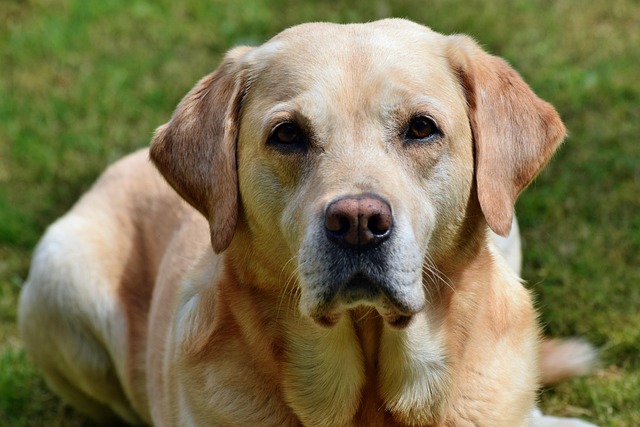
Responsible puppy care in the U.S. includes legal basics. Update Biscuit’s rabies vaccine—it’s required by law in states like Texas once puppies hit 12-16 weeks. When cleaning trimmed fur from your Austin apartment balcony, use a handheld vacuum—discarded hair violates most HOA cleanliness rules and attracts pests. Training is non-negotiable: never scold wiggling during grooming. Instead, use a peanut butter lick mat for distraction. Forced restraint goes against modern animal welfare standards and could breach anti-cruelty laws in states like Massachusetts.
Apartment living demands extra mindfulness. Schedule trims after naps when Biscuit is sleepy. Lay rubber mats on bathroom tiles to prevent slips, and choose quiet cordless clippers to avoid neighbor complaints in thin-walled buildings. Always leash your pup when carrying tools through shared hallways—even small puppies can bolt. Bag fur clippings securely before disposal (never flush—it causes plumbing nightmares!), and wipe down communal sinks after use.
When in doubt, visit a certified groomer. Professionals use "cooperative care" techniques—letting puppies opt-in for treats—making first experiences positive. Remember: Biscuit’s coat will transform around 10 months. That "unmanageable" fluff might become silky adult fur. Patience preserves both his comfort and that puppy softness you’ll cherish forever.

Watching your dog scratch, bite, or lick their skin raw breaks your heart. But treating skin allergies isn't just about easing their discomfort—it’s crucial for their long-term health, too.

You’ve just sat down to trim your dog’s nails, but the thought of cutting the quick—the sensitive, blood - filled part inside each nail—has you on edge.
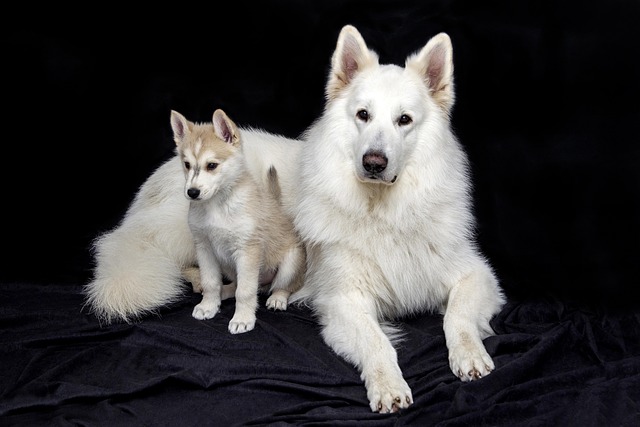
Watching your dog struggle to jump onto the couch or hesitate before running up the stairs can feel like a punch in the gut. Arthritis, a common condition in dogs, especially as they age, might not have a visible wound,

Ever found yourself vacuuming your Dallas apartment for the third time today, wondering if you could just brush away your Labrador’s endless hair tumbleweeds?
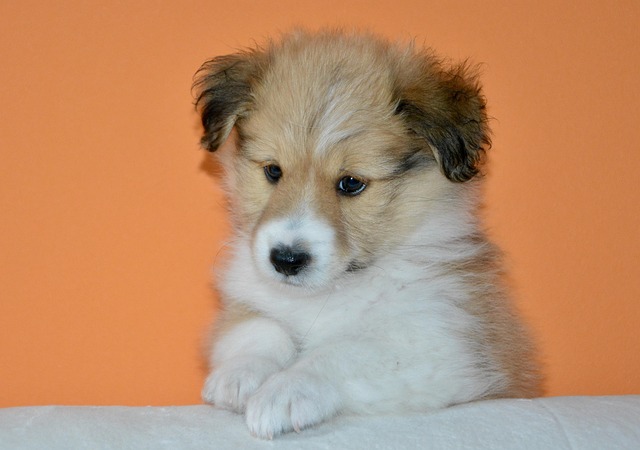
You’re staring at your shaggy Golden Retriever, clippers in hand, and wondering: Can I shave my dog on my own? As a new dog owner in the U.S.
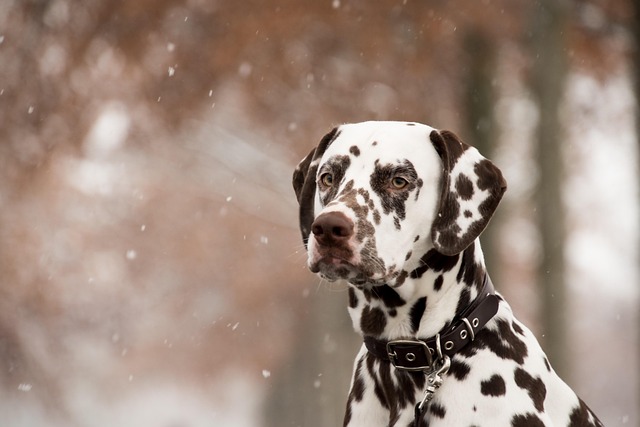
When your dog’s stomach is in turmoil, finding the right solution fast is crucial. Diarrhea isn’t just messy—it can quickly lead to dehydration and serious health issues.